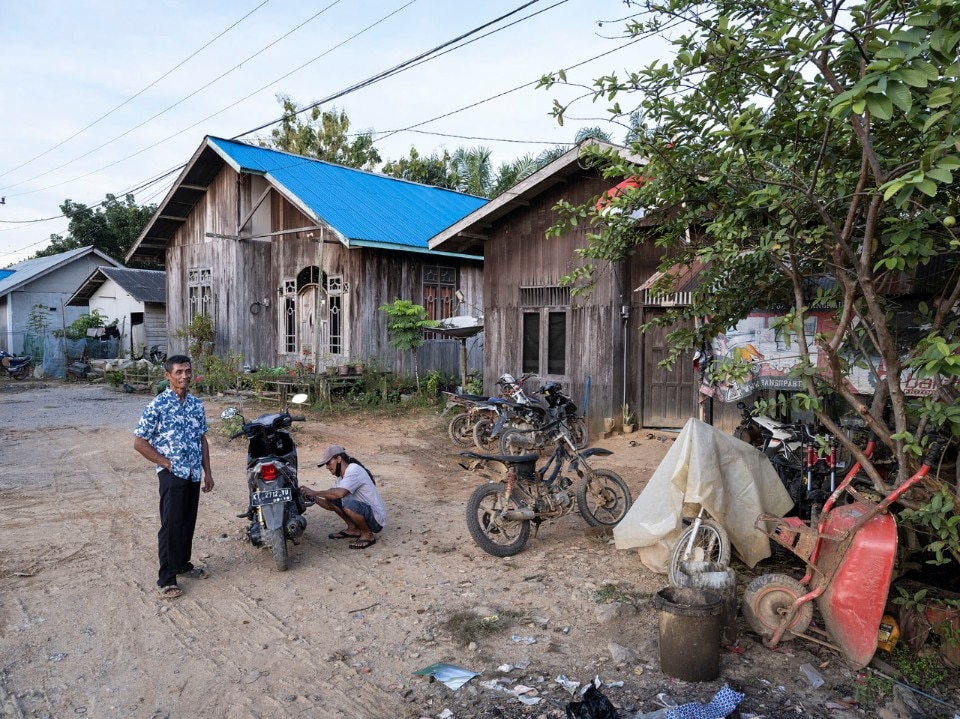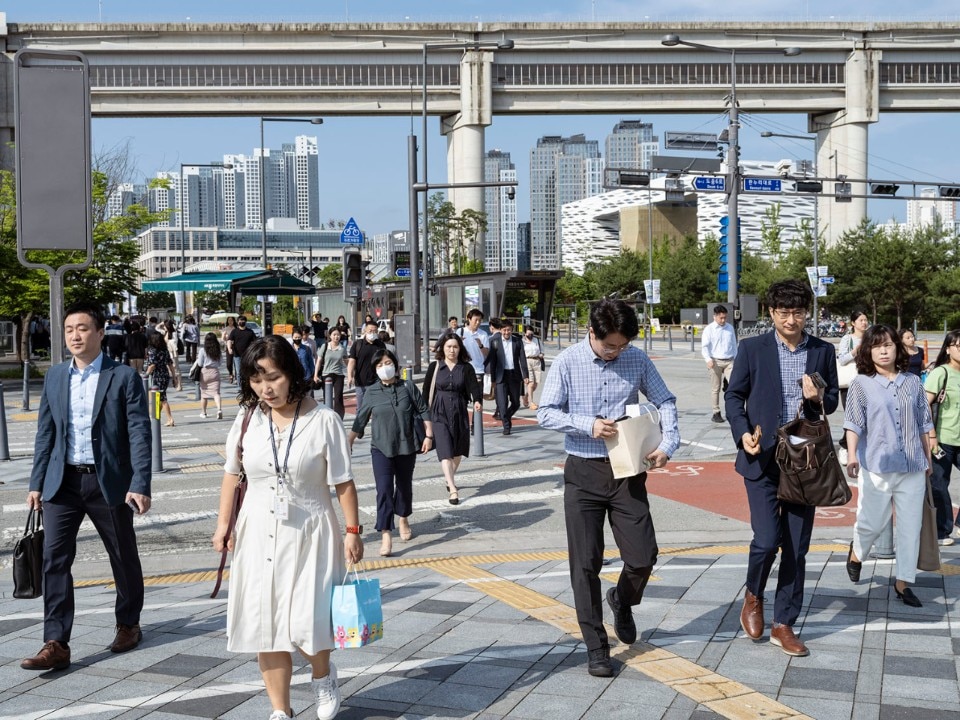“In Dubai, I saw for the first time how a city can be designed for profit, not for people”. In New Capital: Building Cities from Scratch, documentary photographer Nick Hannes talks about newly built capitals. “This model is spreading everywhere. These cities are not made to live in, but to generate profits,” the photographer, who will be featured at the upcoming Utopian Hours, the citymaking festival in Turin, explains to Domus.
The capitals in Hannes’ photographic project dialogue closely with “the” capital. “I do not believe in the neo-liberal idea of the city, where the goal is only profit” he says. Recent global changes - climate crises, political changes and rampant gentrification – have deeply influenced Hannes’ approach to his work. “Most of the cities we see today, especially in developing countries, often without real democratic control, are becoming money-making machines, driven by corruption and inequality.”

New Capital examines the creation of some monumental capitals such as Astana (Kazakhstan), Abuja (Nigeria), Brasilia (Brazil), Cairo (Egypt), Nusantara (Indonesia) and Sejong (South Korea). These cities, Hannes explains, are symbols of national identity but also embody the contradictions of modern urban planning. “I focus on the capital cities because they represent the entire nation. They are designed to project power, wealth and progress”.
But beneath the surface, Hannes sees a darker reality. “Utopian cities are often dystopian in practice” he says. “Architects and city planners dream big - big boulevards, futuristic skyscrapers - but they often forget about the people. These cities lack social spaces. They are not built for human-centred activities, but only for cars and shopping centres”.

In the capital of Kazakhstan, Astana, Hannes saw a city characterised by extravagant architecture and vast empty spaces. “It is a city built on oil money” he says. “There is a lot of symbolism, but there is no real social fabric. It is all about appearances.” Similarly, in Egypt’s New Administrative Capital (NAC), Hannes saw how the project targets the elite, reinforcing inequality. “The NAC is modelled on Dubai, but it was built for a privileged minority. It does not solve Cairo’s problems but creates a new exclusive bubble”.
Hannes’ transition to documentary photography began in 2006, after almost eight years as a photojournalist. His first steps into documentary photography were a trip to the former Soviet Union, followed by an exploration of the Mediterranean coast of Spain, where mass tourism had reshaped the landscape. However, it was in Dubai that he found his central focus: the rise of neo-liberal cities.

When I capture a city, I imagine it as a stage, with people acting out everyday life. I am just an observer, capturing moments as they unfold. I don’t stage anything, I want the spontaneity of real life.
Nick Hannes

His photographs may look spontaneous, but they are often the result of extensive research. “I inform myself about the cities I visit, read newspapers, books, magazines and consult a lot online, but I also rely on chance encounters. Photography is a balance between planning and improvisation”. Hannes is clear about his role within the broader tradition of documentary photography. “I am part of the documentary tradition, I capture reality as I see it. I call it visual historiography. Just as today we look at old photos to see how our landscapes have changed, future generations will look at my work to see what was once there. I am not staging anything: it is all real, even if it is my subjective interpretation of reality”.
Nick Hannes and his project on capitals will be among the protagonists of Utopian Hours 2024, in Turin from 18 to 20 October.
















